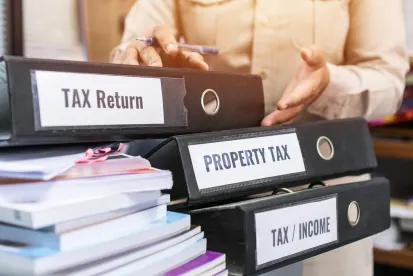Earlier this month, New York Governor Hochul’s executive budget introduced a proposal for an updated 421-a Real Estate Tax Exemption Program. Referred to as “Affordable Neighborhoods for New Yorkers” and proposed under a different section of the State’s Real Property Tax Law (485-w), the Governor’s proposal follows the existing 421-a/Affordable New York program, with a few tweaks:
-
Affordable housing requirements remain, with narrowed options for rental projects. “Large rental projects,” containing 30 or more housing units, would be required to set aside a minimum of 25% of their units at a mix of 40, 60 and 80% of Area Median Income (“AMI”). Rental projects with less than 30 units would be required to set aside 20% of units at a maximum of 90% of AMI. This would lower the required income levels from the previous iteration of the program. Additionally, affordable units for large projects must remain affordable in perpetuity, and affordable units for all rental projects must be entered into and remain in rent stabilization. Rental projects would be eligible for a 35 year tax exemption, structured largely the same as the current program.
-
The program would reintroduce a homeownership option, which is largely absent in the current program. Homeownership projects that are 100 percent affordable at 130% of AMI would be eligible for a 40 year tax exemption.
-
Wage requirements for construction labor remain, for buildings with 300+ units in “prime” development areas in Manhattan, Queens, and Brooklyn. The bill proposes to increase the average required minimum wages from $60 per hour to $63 per hour in Manhattan and from $45 per hour to $47.25 in Queens and Brooklyn, with increases every three years, leaving room for modifications to wages by the Department of Labor.
The above proposal is still just that; any new tax exemption program and/or modification of 421-a must be passed by the State legislature, which may propose further changes. We will continue to monitor and share new details as they are released.




 />i
/>i

